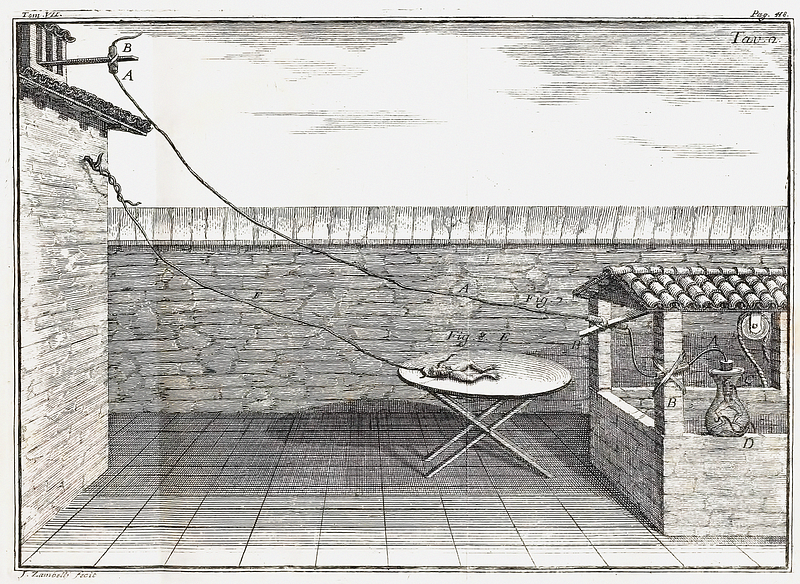The Surprising Origins of Battery Technology: Frog Experiments
Written on
Chapter 1: The Foundation of Battery Technology
Batteries play an essential role in our daily lives; the devices we rely on—from smartwatches to laptops and smartphones—are all powered by these remarkable inventions. As we work towards a greener economy, the importance of batteries is set to escalate further. Renewable energy sources like wind and solar require effective energy storage solutions, and the rise of electric vehicles necessitates a vast number of high-capacity batteries.
The concept of batteries is almost magical. They store electricity in a portable form that we can carry around effortlessly. But how did this pivotal technology originate? The story begins with experiments on the remains of frogs.
In the 18th century, the mechanisms of animal movement were largely a mystery. Scholars believed that muscles contracted in response to a thought process, but the exact workings were unclear. Most adhered to an ancient theory proposed by Aristotle, suggesting that nerves contained a fluid called pneuma that circulated through the body, influencing muscle movement.
Luigi Galvani, an Italian physician and philosopher, rejected this "balloonist theory." Having dissected numerous muscles, he understood that they were not hollow or filled with any mysterious liquid. Instead, he proposed that electricity, a popular topic of research during his time, was key to understanding how animals moved.
But how could he demonstrate this? With his wife, Lucia, often by his side, Galvani first observed the effects of electricity on muscles while dissecting frogs. Using an instrument inadvertently charged with static electricity, he noticed a frog's leg twitch in response.

Galvani and Lucia embarked on a quest to confirm that animals could conduct and generate electricity. Their only electrical source was lightning, so they positioned a dead frog on their table during an impending thunderstorm, connecting it to a lightning rod. When lightning struck, electricity surged through the frog's remains, causing its legs to quiver, which Galvani interpreted as evidence supporting his theory.
So, how did this lead to the invention of batteries? Galvani's assertions were met with skepticism from many scientists. To reinforce his claims, he conducted experiments connecting various parts of a frog's body to metal wires, observing that movement occurred when the wires made contact. Eureka!

However, Alessandro Volta was not entirely convinced. He noted that Galvani utilized different metals to connect the frog's legs to its spinal column. Volta experimented with various metal combinations, discovering that certain pairs caused the legs to move while others did not.
He concluded that it was the interaction between specific metals—not the frog itself—that generated electricity. This led to his creation of the "Voltaic pile," an arrangement of copper and zinc plates separated by brine-soaked cloth. It marked the birth of the first true battery, generating .76 volts per cell.

While Volta had unlocked the secret to generating electricity through chemical reactions, practical batteries were still a long way off. The Voltaic pile produced a consistent current but was inefficient, as it corroded quickly and leaked. It wasn't until 1836 that John Daniell developed a battery that eliminated bubbling and corrosion. By the end of the 19th century, the first rechargeable batteries emerged in France, paving the way for the battery-dependent world we inhabit today.
The history of batteries highlights how groundbreaking scientific ideas can stem from the most unexpected sources. So, the next time you use an electric vehicle or laptop, take a moment to appreciate the contributions of Luigi and Lucia Galvani, who connected a dead frog and awaited a lightning strike.

Chapter 2: The Impact of Frog Leg Experiments
The first video, titled "How Luigi Galvani's Frog Leg Experiment Made a Dead Frog Jump & Invented the Battery," delves into the fascinating experiments that laid the groundwork for battery technology. It discusses how Galvani's work with frog legs contributed to our understanding of electricity.
The second video, "Experimental Frog Leg Installation," showcases a modern interpretation of Galvani's experiments, illustrating the connection between historical research and contemporary science.